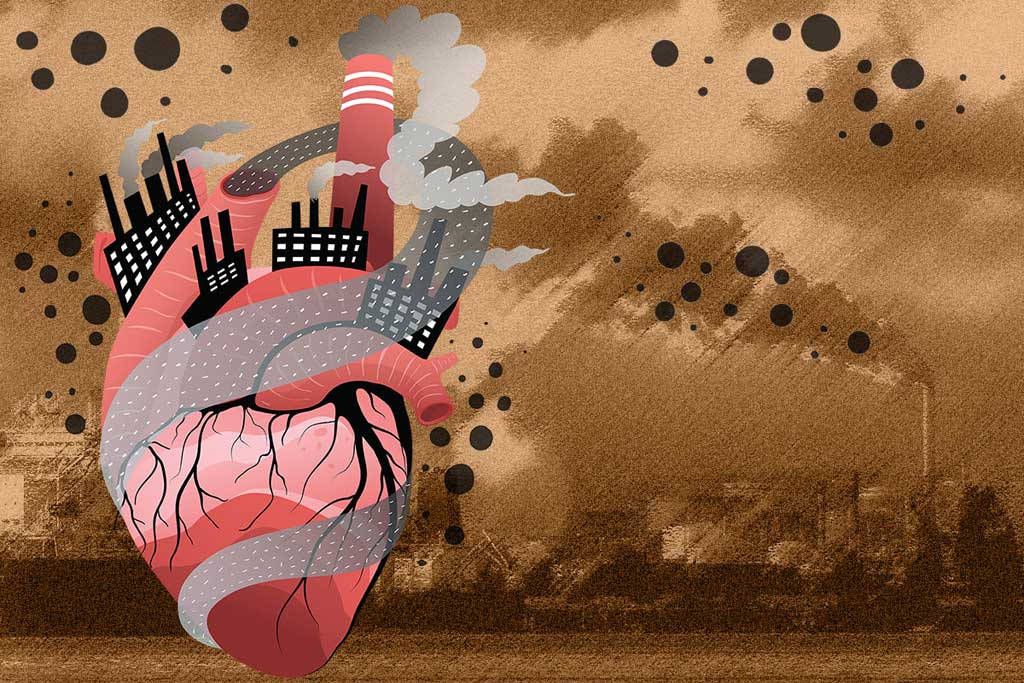Cardiovascular
Ozone Pollution Linked to Cardiovascular Disease
The elderly are especially vulnerable, which means that the worsening of ozone pollution, climate change and the rapid aging of the world’s population may lead to higher risks for these ailments in the future.
Ozone pollution damages the heart and blood vessels, but the evidence on its influence on the risk of cardiovascular diseases is limited and inconclusive, experts explained in the the European Heart Journal.
Ozone is a gas and the main atmospheric pollutant in photochemical smog, the specialists pointed out.
They noted that it is not related to the ozone layer, which absorbs most of the sun’s ultraviolet radiation.
Ozone pollution is formed when other pollutants react in the presence of sunlight.
Volatile organic compounds and ‘nitrogen oxides emitted by motor vehicles, power plants, industrial boilers, refineries, chemical plants, and biomass and fossil fuel combustion facilities’ are involved.
The scientists considered that a considerable number of hospital admissions due to cardiovascular diseases could be prevented if the levels of this type of pollution were lowered.
‘The close relationship between climate change and air quality means that long-term emission reductions to tackle global warming will play a key role in reducing ozone pollution and improving the air we breathe,’ the experts from the European Society of Cardiology concluded.
jg/abo/mem/joe

